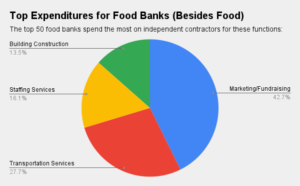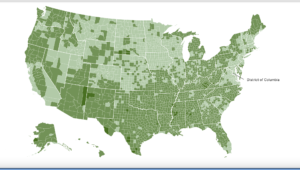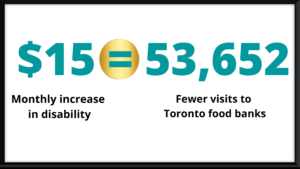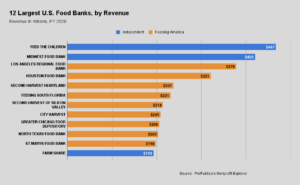As the smallest of the major federal food assistance programs, the Commodity Supplemental Food Program, with $236 million of funding in 2017, barely registers on the scale when compared to SNAP ($68 billion). But it stands out for being the only program to focus on the needs of seniors.
Under the program, the USDA purchases food in bulk quantities from the nation’s farmers, then makes it available in packaged form to state agencies, which then pass it along to food banks and related organizations. Qualifying low-income individuals at least 60 years old receive healthy food packages designed to augment their diets with needed vitamins and minerals. CSFP served an average of almost 630,000 people every month in 2017.
Unlike SNAP, which as an entitlement is obligated to serve any individual who falls under its income requirements, CSFP must adhere to the budget granted it every year by the federal government. For 2018, the allocated budget is just over $238 million, an amount that should enable participating states to serve more than 728,000 people nationwide, according to the USDA. That’s over 30,000 more than in 2017.
Though created in 1969, CSFP has experienced most of its growth over the past 20 years as advocates have pushed to have more states participate. Efforts to expand participation are ongoing, and Food Bank News will be following those developments.




